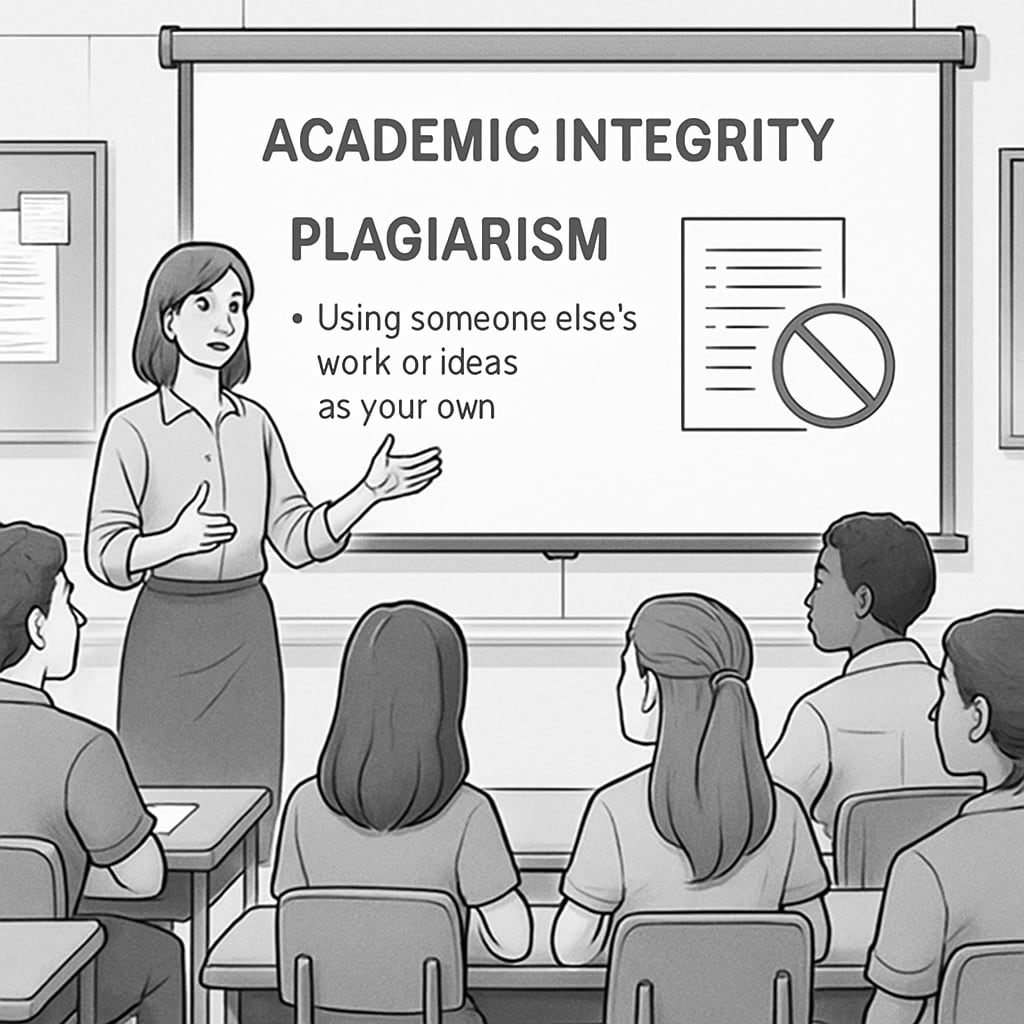Accusations of plagiarism are serious matters in education, but what happens when a professor, with their authority, makes an inaccurate claim against a student? “Professor, plagiarism accusations, and inaccurate claims” are growing concerns in academic settings, particularly in the K12 education system. These situations can have devastating effects on a student’s mental health and academic progress, raising important questions about fairness, transparency, and the balance between academic authority and student rights.

The Impact of False Plagiarism Accusations
False accusations of plagiarism can damage a student’s confidence and reputation. While educators aim to uphold academic integrity, errors in judgment or evidence can lead to unfair consequences. For example, a student may be accused of copying content without sufficient proof, or their unique approach might be misunderstood as plagiarism. These situations not only harm the student’s academic record but also affect their mental well-being.
In addition to emotional distress, students may face:
- Unfair disciplinary actions, such as failing grades or suspension.
- Loss of trust in the educational system.
- Difficulty in future academic or professional opportunities.
Understanding the gravity of these impacts highlights the importance of transparency and fairness in resolving plagiarism accusations.
Balancing Teacher Authority and Student Rights
Professors and educators hold significant authority in academic settings. Their responsibility to maintain integrity is vital, but this authority must be balanced with a fair evaluation of student work. Misjudging a student’s work as plagiarized can reflect biases, procedural flaws, or a lack of comprehensive analysis. Therefore, educators must approach plagiarism accusations with neutrality and thorough investigation.
To maintain this balance, schools and institutions should:
- Implement clear and accessible guidelines for plagiarism identification.
- Provide students with opportunities to explain their work and present evidence.
- Train educators on recognizing original ideas versus suspected plagiarism.
By ensuring these practices, academic institutions can protect both educators’ authority and students’ rights.

Advocating for Transparent Academic Integrity Policies
Transparent academic integrity policies are essential in addressing plagiarism accusations fairly. Students should feel confident that their work will be evaluated objectively, and educators should have tools to distinguish genuine plagiarism from original efforts.
Effective policies should include:
- A clear definition of plagiarism and examples to guide both students and teachers.
- Steps for investigating accusations, including evidence collection and review.
- An impartial committee to handle disputes and appeals.
Educational institutions can also benefit from integrating advanced plagiarism detection tools. These tools should complement rather than replace human judgment, ensuring accurate and fair evaluations.
For further reading on plagiarism policies, visit Plagiarism on Wikipedia and explore Plagiarism on Britannica.
Conclusion: A Call for Change
The issue of inaccurate plagiarism accusations is a reminder that academic integrity is a two-way street. Professors play a critical role in fostering ethical behavior, but their judgments must be accompanied by fairness and accountability. Establishing transparent policies and providing training for educators can protect student rights while preserving the integrity of education.
As education evolves, it is crucial to prioritize both the mental health of students and the credibility of teachers. By advocating for balanced and transparent systems, the academic community can ensure that integrity is upheld without compromising fairness.
Readability guidance: The article uses concise paragraphs and lists to summarize key points. Transitions such as “however,” “therefore,” and “as a result” are included to improve flow. Passive voice is minimized, and sentence length is controlled for readability.


